
Dilaudid (hydromorphone) is known for its fast-acting relief, making it a common option for managing moderate to severe chronic pain when other treatments are not effective. For most patients, Dilaudid starts working within 15 to 30 minutes after taking an oral tablet, with peak pain relief occurring around 30 to 60 minutes. Because of this quick onset, it is often preferred for breakthrough pain episodes or chronic pain that requires rapid control.
The duration of relief typically lasts 4 to 6 hours, depending on dosage, tolerance, and whether a patient uses an immediate-release or extended-release form. Extended-release Dilaudid provides longer, steadier pain control but may take slightly longer to reach full effect. However, patients should always follow a healthcare provider’s guidance because Dilaudid is a potent opioid, and incorrect use increases the risk of side effects and dependency.
Introduction
Buy Dilaudid online has become a highly sought-after option for individuals seeking fast, accessible, and reliable pain relief without long pharmacy delays. When you buy Dilaudid Online, you gain the convenience of quick ordering, doorstep delivery, and the ability to compare trusted pharmacy services from home. Many users prefer this method because it offers fast delivery, secure online ordering, and simple checkout options, especially for those managing ongoing chronic pain.
As demand grows across the USA and Canada, choosing a reputable source is essential to ensure safe purchasing, authentic Dilaudid, and discreet home shipping. Using focus keywords like Buy Dilaudid Online, Order Dilaudid Online, Dilaudid Fast Delivery, and No Rx Dilaudid Purchase, customers can easily navigate reliable platforms and get the medication they need quickly and safely.
Understanding Dilaudid and Its Uses
Dilaudid, also known as hydromorphone, is a powerful opioid medication primarily prescribed for the management of moderate to severe pain. It works by binding to opioid receptors in the brain and spinal cord, which alters the perception of pain and provides significant relief. Dilaudid is available in various forms, including immediate-release tablets, extended-release tablets, and injectable solutions, allowing flexibility depending on the severity and type of pain.
The primary use of Dilaudid is for chronic pain management in conditions such as cancer-related pain, post-surgical pain, or severe injury pain. It is often prescribed when other pain medications, including weaker opioids like codeine or hydrocodone, are not effective. Dilaudid is also used in some clinical settings for breakthrough pain, where sudden episodes of intense pain occur despite ongoing pain treatment.
Common points include:
- Pain management: Moderate to severe chronic or acute pain
- Forms: Immediate-release, extended-release, injectable
- Mechanism: Binds to opioid receptors to reduce pain perception
- Use cases: Cancer pain, post-operative pain, severe injury pain
- Caution: High potential for dependence and side effects, requiring careful medical supervision.
What is Dilaudid?
Dilaudid is the brand name for hydromorphone, a powerful opioid pain medication used to treat moderate to severe pain. It works by binding to specific receptors in the brain and spinal cord, reducing the perception of pain and increasing the body’s pain tolerance. Dilaudid is commonly prescribed for patients with chronic pain, post-surgical pain, or cancer-related pain when other pain relievers are not sufficient.
Dilaudid is available in oral tablets, liquid solutions, and injectable forms, and it comes in immediate-release and extended-release formulations. Immediate-release forms provide quick relief for breakthrough pain, while extended-release forms are designed for long-term, continuous pain management. Due to its potency, it should only be used under strict medical supervision, as misuse can lead to dependence, overdose, or serious side effects.
Mechanism of Action: How Dilaudid Works
Dilaudid (hydromorphone) is a potent opioid analgesic that works by binding to specific opioid receptors in the brain, spinal cord, and other parts of the body. These receptors, primarily the mu-opioid receptors, play a key role in modulating pain perception. By activating these receptors, Dilaudid reduces the transmission of pain signals to the brain, helping patients experience significant relief from moderate to severe chronic pain.
In addition to pain modulation, Dilaudid can also produce sedation, euphoria, and a sense of well-being, which is why it is strictly regulated and should only be used under a healthcare provider’s supervision. The drug works rapidly, especially in its immediate-release form, allowing for fast pain control, while extended-release formulations provide long-lasting, consistent relief over several hours.
What Are the Symptoms of Dilaudid Addiction?
Dilaudid (hydromorphone) is a powerful opioid, and prolonged or improper use can lead to physical and psychological dependence. One of the most common signs of addiction is craving the drug, often accompanied by an inability to control or limit use despite negative consequences. Individuals may start taking higher doses than prescribed or use the medication more frequently to achieve the same pain-relieving effects due to tolerance.
Other noticeable symptoms include changes in behavior and mood, such as increased irritability, anxiety, depression, or social withdrawal. Physical signs may appear, including drowsiness, slowed breathing, constipation, nausea, or pinpoint pupils. Those struggling with addiction may also experience withdrawal symptoms when the drug is reduced or stopped, including sweating, shaking, muscle pain, agitation, and insomnia.
What Are the Effects of Dilaudid Addiction?
Dilaudid (hydromorphone) is a powerful opioid, and repeated use can lead to physical and psychological dependence. One of the primary effects of Dilaudid addiction is tolerance, meaning users need higher doses over time to achieve the same pain-relieving or euphoric effects. This can quickly escalate the risk of overdose, which may cause slowed breathing, unconsciousness, or even death.
Addiction can also cause serious physical and mental health issues. Physically, users may experience constipation, nausea, liver damage, and weakened immunity, while prolonged misuse can lead to heart problems and hormonal imbalances. Mentally, Dilaudid addiction often results in anxiety, depression, mood swings, and obsessive drug-seeking behavior, which can severely affect personal and professional life.
Common signs and effects of Dilaudid addiction include:
- Craving the drug and inability to control use
- Withdrawal symptoms like sweating, tremors, nausea, and irritability
- Social and occupational problems due to drug-focused behavior
- Increased risk of overdose and serious medical complications
- Psychological dependence impacts mood, motivation, and daily functioning.
What Are the Withdrawal Symptoms of Dilaudid Addiction?
Dilaudid (hydromorphone) is a powerful opioid, and long-term or high-dose use can lead to physical dependence. When someone stops taking Dilaudid abruptly after regular use, the body reacts, producing a range of withdrawal symptoms. These symptoms can begin within 6–12 hours for short-acting forms and may take longer for extended-release versions.
Common withdrawal symptoms include intense cravings, anxiety, irritability, and restlessness, along with physical signs like sweating, chills, muscle aches, nausea, vomiting, diarrhea, abdominal cramps, a runny nose, and insomnia. Some individuals may also experience dilated pupils, rapid heartbeat, and elevated blood pressure. The severity of symptoms varies depending on dosage, duration of use, and individual health factors.
Managing withdrawal safely usually requires medical supervision, and treatments may include tapering doses, medications like methadone or buprenorphine, and supportive care. Recognizing early signs and seeking help promptly can reduce complications and support a safer recovery process.
How Long Does Dilaudid Stay in Your System?
Dilaudid (hydromorphone) is a potent opioid, and its presence in the body can vary depending on dosage, frequency of use, metabolism, and method of administration. Typically, Dilaudid’s effects last 4 to 6 hours for immediate-release forms, but traces of the drug can remain in the body much longer. In general, Dilaudid can be detected in blood for up to 12 hours, in urine for 2 to 4 days, and in hair for up to 90 days, depending on testing methods and individual factors.
The drug is metabolized primarily in the liver and excreted through the kidneys, so patients with liver or kidney issues may experience longer clearance times. Chronic or high-dose users may have a longer elimination period due to drug accumulation in the system. Understanding how long Dilaudid stays in your system is essential for avoiding accidental overdose, planning safe pain management, and complying with drug testing requirements.
What Are the Treatments for Dilaudid Addiction?
Dilaudid (hydromorphone) is a potent opioid, and long-term use or misuse can lead to physical dependence and addiction. Treating Dilaudid addiction usually requires a comprehensive approach, combining medical care, therapy, and support systems. One of the first steps is medical detoxification, which helps manage withdrawal symptoms safely under professional supervision. During detox, medications such as buprenorphine, methadone, or naltrexone may be used to reduce cravings and ease withdrawal discomfort.
After detox, behavioral therapies play a crucial role in long-term recovery. Cognitive-behavioral therapy (CBT), contingency management, and motivational interviewing can help individuals understand triggers, develop coping strategies, and prevent relapse. Inpatient or outpatient rehabilitation programs provide structured environments where patients can receive therapy, medical monitoring, and peer support.
- Medical detox to manage withdrawal
- Medications such as methadone, buprenorphine, or naltrexone
- Behavioral therapy for coping and relapse prevention
- Support groups and counseling for social and emotional support
Seeking Assistance for Dilaudid Addiction
Dilaudid (hydromorphone) is a powerful opioid, and prolonged use can lead to physical dependence and addiction. Individuals struggling with Dilaudid addiction may notice cravings, tolerance, and withdrawal symptoms when attempting to reduce or stop use. Common withdrawal symptoms include nausea, sweating, anxiety, muscle aches, and insomnia. Recognizing the signs early is crucial for seeking help and preventing more serious health complications.
Getting assistance for Dilaudid addiction often involves a combination of medical supervision, therapy, and support programs. Medical detox is frequently recommended to safely manage withdrawal symptoms under professional care. After detox, behavioral therapies and counseling can help address the underlying triggers of addiction and provide strategies to maintain long-term recovery.
- Medical supervision: Essential for safe detox and withdrawal management
- Therapy: Cognitive behavioral therapy (CBT) and counseling support recovery
- Support networks: Group programs, family support, and peer counseling aid long-term success
- Early intervention: The sooner help is sought, the better the outcome
- Professional resources: Rehab centers, addiction specialists, and hotlines can guide treatment
FAQs
- How quickly does Dilaudid relieve pain?
Dilaudid usually begins working within 15–30 minutes of oral intake, with peak effects around 30–60 minutes. Extended-release forms take longer to reach full effect but provide longer-lasting relief. - How long does Dilaudid last?
Immediate-release Dilaudid typically lasts 4–6 hours, while extended-release versions may provide up to 12 hours of steady pain control. - Can I take Dilaudid for chronic pain regularly?
Yes, under a doctor’s supervision. Dilaudid is potent, and long-term use requires careful dosing to avoid tolerance, dependence, or side effects. - What are common side effects?
Side effects can include drowsiness, nausea, constipation, dizziness, and, in some cases, respiratory depression. Patients should always follow prescribed doses. - Is Dilaudid safe for everyone?
No. It should be used cautiously in elderly patients, those with liver or kidney problems, and anyone with a history of substance use disorder. Always consult a healthcare provider before use. - Can I take Dilaudid with other medications?
Some medications can interact with Dilaudid, especially other opioids, sedatives, or alcohol. Always inform your doctor about all medications and supplements you take. - How do I know if the dose is right?
Your doctor will start you on the lowest effective dose and adjust based on pain control and tolerance. Never increase your dose without medical guidance.
Conclusion:
Dilaudid offers rapid and effective relief for chronic pain, making it a valuable option for patients who need quick control over severe discomfort. Its fast onset, peak effect within an hour, and several hours of relief make it suitable for both breakthrough pain and ongoing chronic conditions. However, due to its potency, it should be used strictly under medical supervision to minimize risks like dependency, tolerance, and side effects. When taken responsibly, Dilaudid can significantly improve quality of life for those struggling with persistent pain.





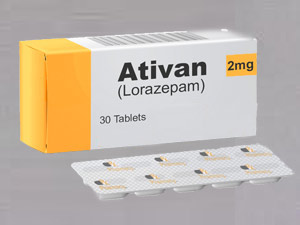

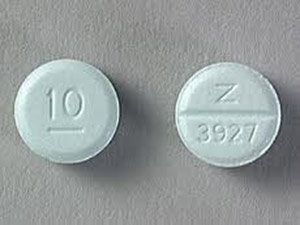
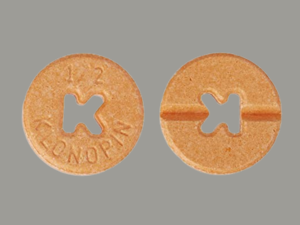
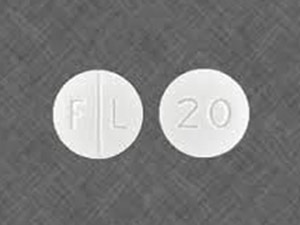

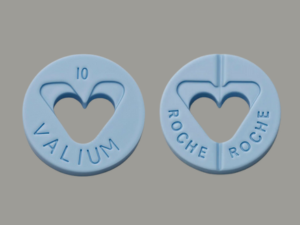
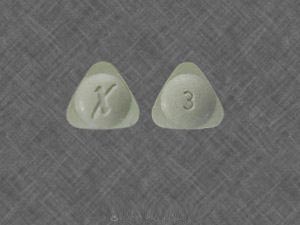




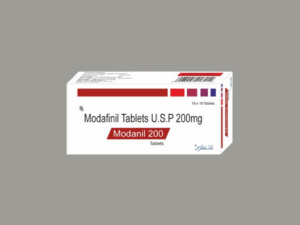
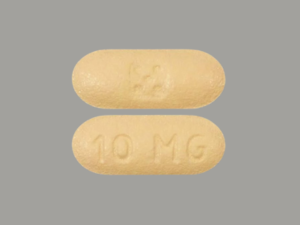



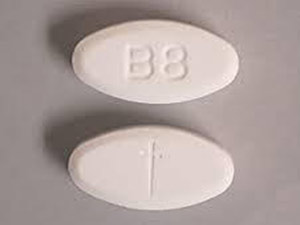






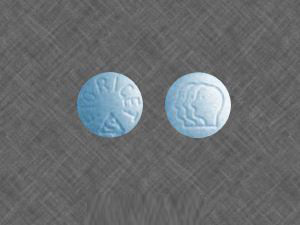


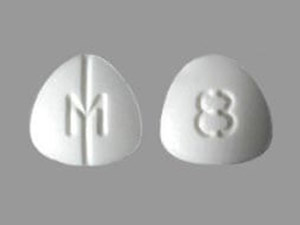

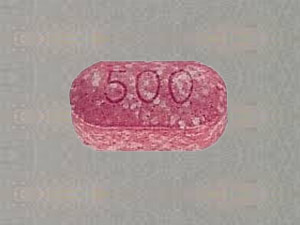
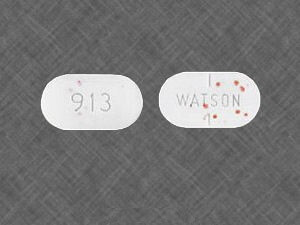
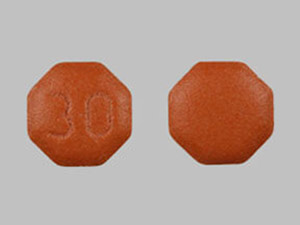

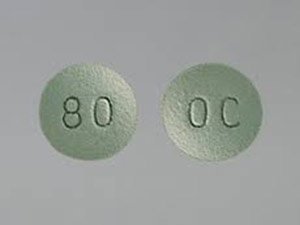
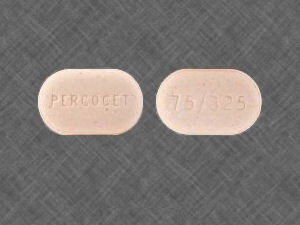

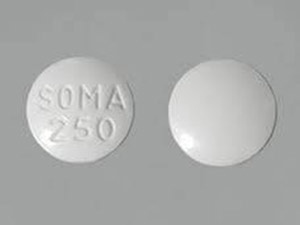
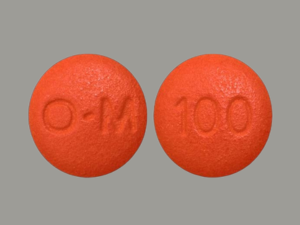
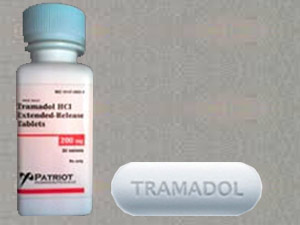
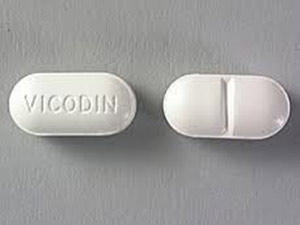

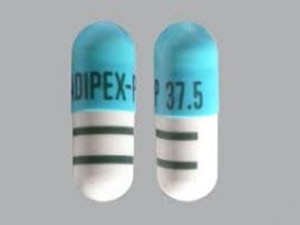

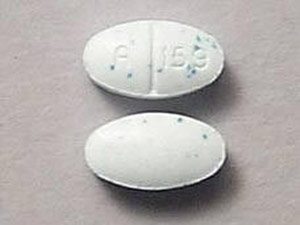
Leave a Reply